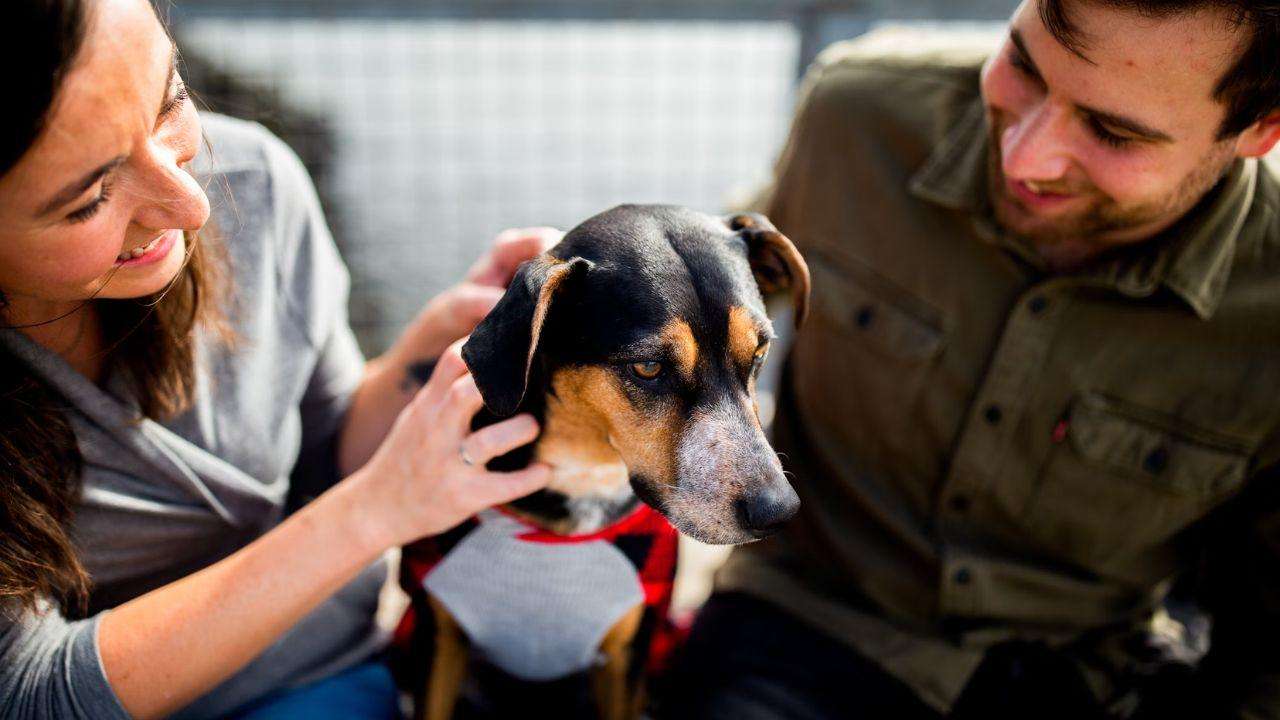Hey, dog lovers!
Are you looking for Hyperbaric oxygen therapy for your furry friend to make them feel better? If yes, then you may know that it is a good option with many benefits, but ensuring their safety should be your top priority.
HBOT is revolutionary for pet health issues, but it is essential to proceed cautiously. Hyperbaric oxygen therapy for dogs (HBOT) raises the oxygen content in your pet’s blood.
The procedure entails putting the animal in a specially designed chamber where it breathes in pure oxygen and experiences increased atmospheric pressure.
However, if you are a new dog owner and don’t know about safety considerations when choosing HBOT, here are nine safety measures you should consider.
Nine Things to Consider:
Veterinary Consultation:
For example, if you have a dog, it’s crucial to consult with a qualified veterinarian before considering hyperbaric oxygen therapy (HBOT) for your furry friend. A thorough evaluation of your dog’s medical history, current health status, and specific condition is necessary to determine whether HBOT is appropriate and safe for dogs. Additionally, the veterinarian can provide valuable insights into the benefits and risks of HBOT based on your dog’s needs.
Facility Accreditation:
Choose a veterinary facility that is accredited and equipped to provide HBOT services for pets. Ensure that the facility adheres to established safety protocols, maintains high standards of cleanliness, and employs trained personnel to administer HBOT effectively. Accreditation from reputable organizations such as the Veterinary Hyperbaric Medicine Society (VHMS) can offer quality care and assurance of safety standards.
Equipment Maintenance:
HBOT chambers for pets should undergo regular maintenance and inspection to ensure optimal functionality and safety. Verify that the facility follows manufacturer guidelines for chamber maintenance, including pressure testing, air quality monitoring, and equipment calibration. Proper maintenance helps mitigate the risk of equipment malfunction and ensures a safe treatment environment for pets.
Treatment Protocol:
Develop a tailored treatment protocol in collaboration with your veterinarian to address your pet’s specific medical condition and therapeutic goals. Based on the severity of the condition, response to treatment, and overall health status of the pet, determine the optimal number and duration of hyperbaric treatment for dog sessions. Adhering to a structured treatment protocol helps minimize unnecessary risks and maximize the potential benefits of HBOT.
Monitoring Vital Signs:
During HBOT sessions, continuous monitoring of vital signs is essential to ensure the safety and well-being of pets. Monitoring parameters such as heart rate, respiratory rate, temperature, and hyperbaric oxygen treatment for dogs, saturation allows veterinary staff to detect signs of distress or adverse reactions promptly. Regular assessment of vital signs helps maintain a controlled treatment environment and enables timely intervention if necessary.
Handling Anesthesia Risks:
In some cases, pets undergoing HBOT may require sedation or anesthesia to ensure compliance and comfort during treatment. Anesthesia carries inherent risks, especially in animals with underlying health issues or compromised respiratory function. It’s crucial to discuss anesthesia risks with your veterinarian and ensure that experienced personnel monitor your pet closely throughout the procedure to minimize complications.
Preventing Barotrauma:
Barotrauma, or pressure-related injuries, can occur if pets are exposed to excessive pressure levels during HBOT. To prevent barotrauma, veterinary staff must carefully monitor and regulate the pressure inside the hyperbaric chamber according to established protocols. Gradual pressurization and depressurization techniques help acclimate pets to changes in pressure and reduce the risk of barotrauma-related complications.
Addressing Fire Safety:
HBOT involves using oxygen-rich environments, which pose a potential fire hazard if proper precautions are not observed. Veterinary facilities offering HBOT should have robust fire safety measures, including fire detection systems, extinguishing equipment, and staff training in emergency procedures. Strict adherence to fire safety protocols helps minimize the risk of fire incidents and ensures a secure pet treatment environment.
Post-Treatment Monitoring:
After completing HBOT sessions, continue to monitor your pet’s health and progress closely in the post-treatment phase. Report any unexpected symptoms, changes in behaviour, or adverse reactions to your veterinarian promptly. Post-treatment monitoring allows for ongoing assessment of your pet’s response to HBOT and facilitates timely adjustments to the treatment plan if needed.
Conclusion:
Hyperbaric Oxygen Therapy (HBOT) holds promise as a valuable treatment modality for various medical conditions in dogs. However, ensuring the safety of pets undergoing HBOT requires careful consideration of several factors, including veterinary consultation, facility accreditation, equipment maintenance, treatment protocol, vital sign monitoring, anesthesia risks, barotrauma prevention, fire safety, and post-treatment monitoring. By prioritizing safety considerations and collaborating closely with veterinary professionals, pet owners can provide their furry companions with the benefits of HBOT in a safe and controlled manner.

As the editor of the blog, She curate insightful content that sparks curiosity and fosters learning. With a passion for storytelling and a keen eye for detail, she strive to bring diverse perspectives and engaging narratives to readers, ensuring every piece informs, inspires, and enriches.










